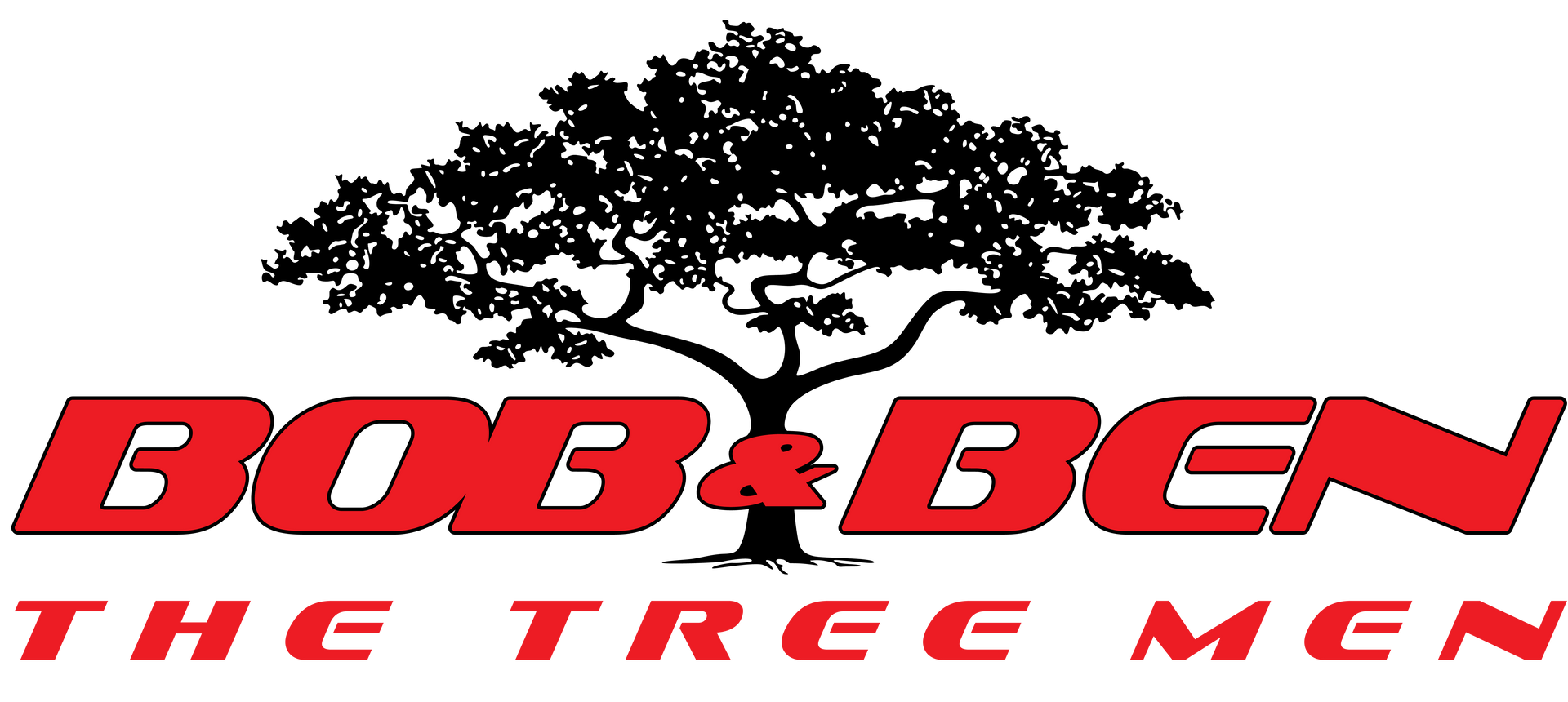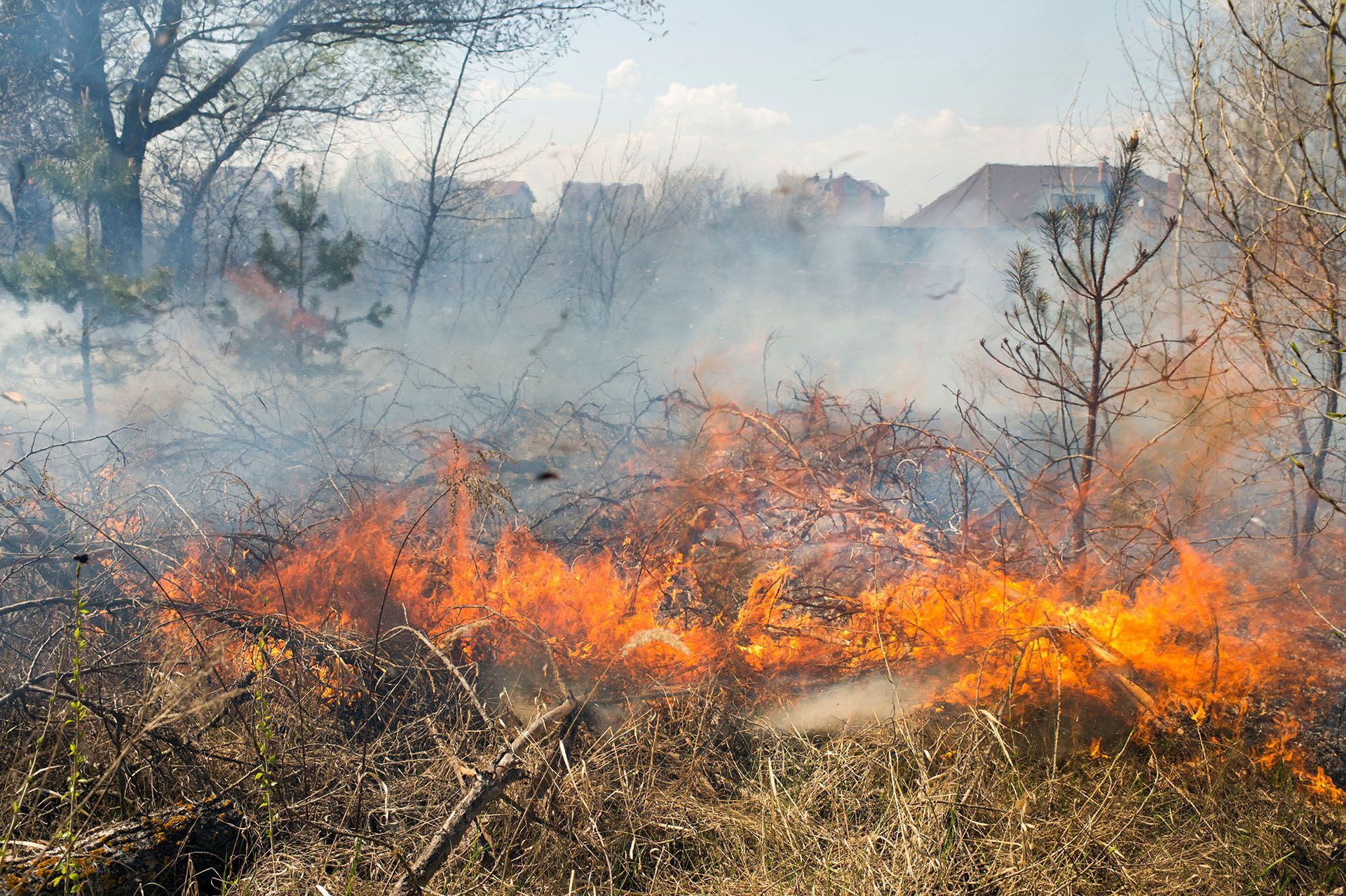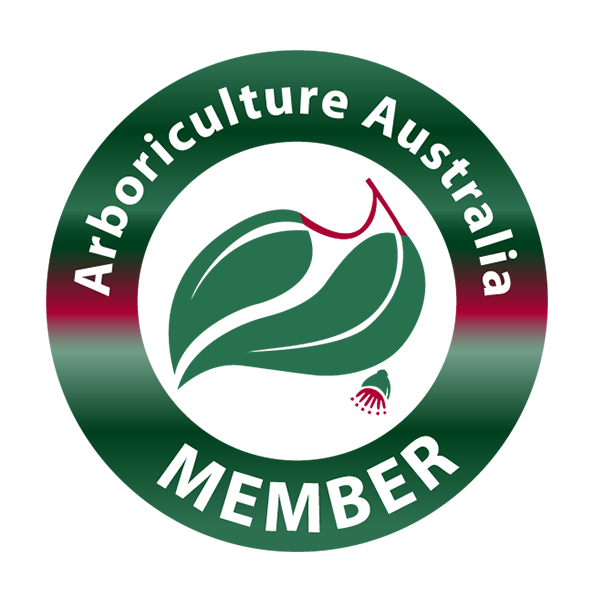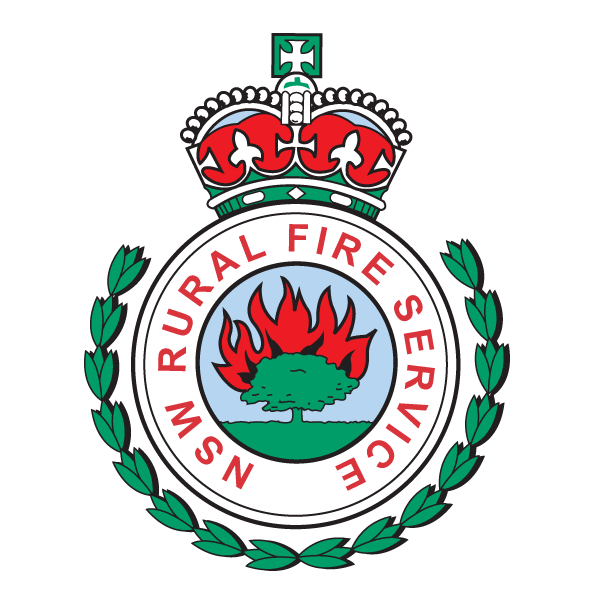How to Prepare for a Bushfire
Are you living in bushfire-risk areas? If yes, then it's crucial to prepare for the bushfire season. Due to abundant combustible materials and extremely hot temperatures, experts are warning of a heightened risk of fire danger in the upcoming 2023-2024 bushfire season. With these factors in play, it is essential to take early measures to prepare and safeguard your family, property, and investments before dangerous fire conditions arise.
In this blog, we will tackle the necessary steps on how to prepare for a bushfire so you can be well-equipped to prevent or mitigate potential damage during the bushfire season. In addition, we will also highlight relevant information on how tree services can play a critical role in bushfire prevention and management. Through this blog, we hope to provide useful ways and insights for property owners looking to secure their property from the risk of bushfires. So if you want to be ready for the bushfire season, read this blog until the end.
Why is it important to prepare for a bushfire?
Preparing for a bushfire is critical in reducing the risk of injury or death as well as in minimising the destruction of your property and the environment. With the increasing frequency and severity of bushfires, it is important to be prepared ahead of time in order to minimise the risk of loss or damage.
Being prepared equips you with the mental preparedness to act quickly and safely before, during, and after the event. By planning beforehand, you can take steps to protect your home and family even before the fire starts.
You don't have to be an expert to prepare for a bushfire as there are several simple steps you can take to reduce the risk. These include ensuring you have an emergency plan in place and managing flammable sources like trees, branches, and debris from around your home or property.
Ultimately, preparing for the bushfire season alleviates the uncertainty and anxiety surrounding how you and your family will respond if a fire threat emerges. By ensuring your home is well-prepared before a bushfire occurs, you increase your chances of surviving the event.
What is the best way to prepare for a bushfire?
If you are living in bushfire-risk areas, you need to have a bushfire survival plan in place to help you prepare for and respond to the threat of a bushfire. A bushfire survival plan can help you make informed decisions and take appropriate action to increase your chances of surviving and protecting your property.
Here are the four key considerations for creating a bushfire survival plan:
- Ensure your safety as well as your family members' safety
- Enhance the security of your property
- Protect invaluable possessions and critical documents
- Ensure appropriate insurance coverage remains up to date
What should a bushfire plan include?
A comprehensive bushfire plan should include ways to ensure the safety of yourself, your family, and your property. Here are some of the best ways to prepare your property for the fire season:
Tree Removal
In some cases, removing certain trees may be necessary, particularly if they are dead, severely damaged, or positioned too close to your home or powerlines. These trees can become direct ignition points during a fire, allowing flames or embers to spread quickly. Strategic tree removal should focus only on high-risk trees that compromise safety, while preserving the natural vegetation that helps shield your property from wind and heat.
Tree Pruning
Regular pruning is often a better long-term approach than removal. By lifting low branches, thinning dense canopies, and clearing dead or overhanging limbs, you reduce potential fuel without losing the valuable protection trees provide. Well-maintained trees can act as natural barriers, intercepting embers, slowing the spread of flames, and helping to keep the surrounding ground cooler. Pruning also promotes healthier growth, improving the tree’s ability to retain moisture and resist ignition during extreme heat.
Power Line Clearance
In the event of a bushfire, power lines can pose a risk if they are too close to trees or other materials. Not to mention, overhanging branches near power lines can get caught in the lines and cause sparks. To prevent this, power line clearance should be a priority.
Power line clearance is an essential part of bushfire preparation that helps reduce the risk of fire from power lines coming into contact with overhanging branches. By maintaining a safe distance between overhead power lines and nearby foliage, you can prevent electrical sparks from igniting and spreading quickly.
Land Clearing
Land clearing is the process of removing trees, vegetation, and other obstructions from an area of land. This process can help minimise the risk of fire by removing debris that could act as fuel for a potential wildfire. Particularly in areas where there is high heat and strong wind conditions, such as those prone to rapid bushfire development, land clearing becomes particularly vital.
By clearing the land area around your home, you can reduce the risk of fire spreading quickly. This includes removing branches and fallen trees, cutting back vegetation, and ensuring any flammable materials such as furniture or rubbish near the property are removed.
Staying Informed
Aside from safeguarding your property, another essential step for fire prevention is making sure you stay informed about bushfire conditions in your area. Keep up to date with alerts and emergency warnings from local authorities, emergency services, and organisations to ensure that you are ready if any potential fires arise.
Furthermore, it is important that you know and monitor your fire danger rating everyday so you can plan your day accordingly. Fire Danger Ratings work by measuring the expected fire behaviour and flame size if one were to occur in your area. These fire danger ratings are often split into low, moderate, high and extreme categories so you can easily interpret the risk.
Have an Emergency Kit
Making sure you have an emergency kit in your home or vehicle will help you to stay safe and organised during a fire. Whether you decide to make your own or purchase a ready-made one, you must include everything you need in a situation such as this. The kit should include claen water, food, a first aid kit, flashlights, blankets, and any other important items you may need. Additionally, it is also better if you keep a contact list of your family members, friends, and emergency services who can provide assistance during such situations.
Store Important Documents and Valuables
Store all your important documents, including IDs, insurance policies, and valuable items in a fire-resistant safe or container. This way, you won't have to worry about them getting damaged in case of a fire. Safeguard copies of these documents and consider storing them in a digital format for additional security.
What are the 4 steps the RFS recommends to prepare for a bushfire?
The New South Wales Rural Fire Service (RFS) typically recommends four simple steps to prepare for a bushfire. These steps are designed to help individuals and families plan and respond effectively to the threat of a bushfire.
Discuss
Discussing strategies and having a plan in place with your family and other members of the community is essential in making sure everyone is aware of the risks and what to do to prepare.
Prepare
During fire season, it's always better to prepare your home and family by keeping your area free from anything that can easily catch fire, such as trees, dried grasses, leaves, and other debris.
Know
If a fire is occurring in your area, it's essential to stay updated on the alert level to determine the necessary actions you should take.
Keep
During a bushfire, it's crucial to stay informed of what's happening in your area. Make sure to keep emergency contact numbers, links, and apps readily available to receive bushfire alerts.
Takeaway
Bushfire season in Australia can be unpredictable and severe, especially in areas with hot, dry conditions. That’s why it’s vital to prepare early by creating a clear bushfire survival plan, keeping your property maintained, and staying informed about fire conditions in your area.
Start with the basics:clear gutters, trim lawns, remove dry debris, and make sure your emergency kit and contact list are ready. Check the area around your home for flammable materials and ensure trees or shrubs aren’t blocking exits or access points.
When it comes to vegetation management, avoid over-clearing. While removing dead or high-risk trees may be necessary, pruning is often the smarter and more sustainable option. Regular pruning helps control fuel loads, improves tree health, and retains the natural protection trees provide by slowing down wind, catching embers, and keeping the ground cooler.
At Bob & Ben The Tree Men, we help homeowners prepare for bushfire season through professional tree pruning, maintenance, and targeted removals when required. Our team of certified arborists assess each property carefully to reduce risks while maintaining the natural landscape. With the right balance of preparation and care, you can keep your home safer and your trees thriving this fire season.
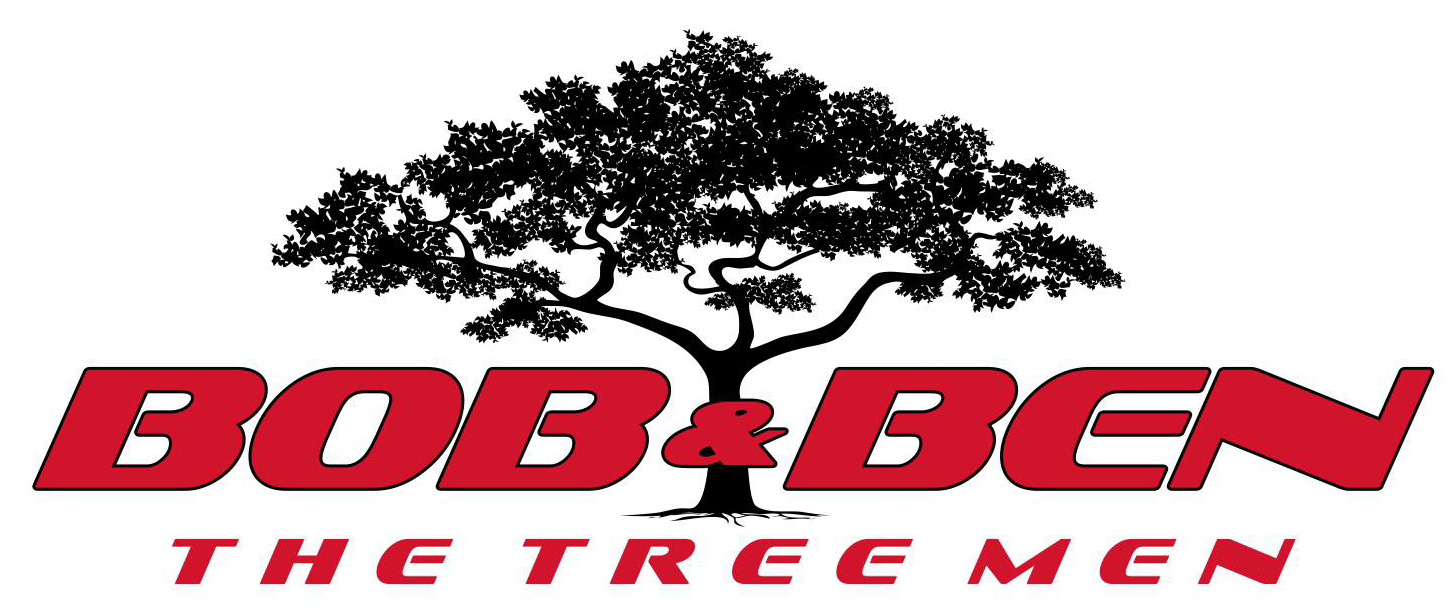
Over 25 years ago, Bob and Ben planted the seeds of what would become one of the most popular and trusted tree service businesses in the Sutherland Shire.
Get your FREE tree lopping quote today!
Let Bob and Ben The Tree Men get to the root of all your tree problems. Contact us today to receive your personalised quote.
